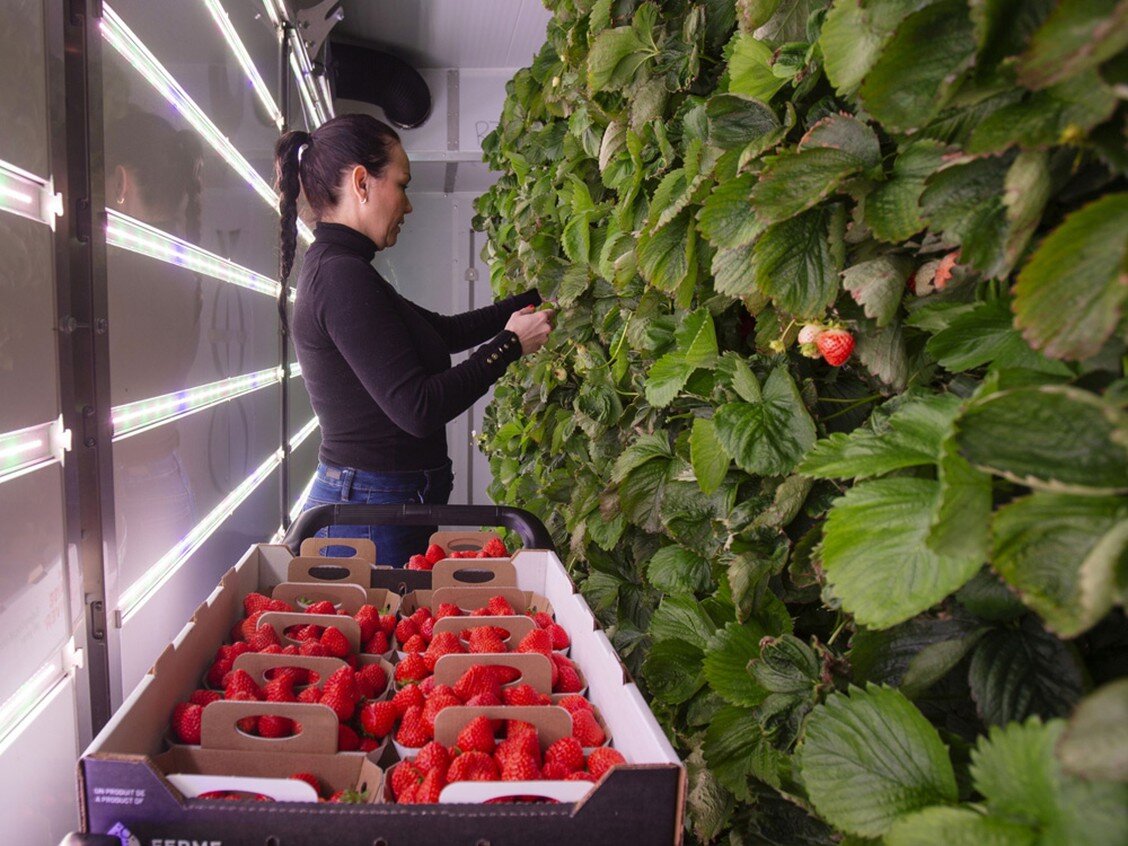The increasing popularity of vertical farming has been marked by the occurrence of large farm collapses and transfers to the Middle East, highlighting the substantial investments and operational costs involved. Unlike modern greenhouses that rely on limited electric lighting, vertical farms require year-round artificial illumination. While microgreens, lettuce, and basil dominate vertical farms, concerns arise due to their saturation in the market, primarily serving as salad and sandwich seasonings rather than substantial food sources.
Although saffron has been experimented with in vertical farming, its limited demand and labor-intensive bulb growth pose production cost challenges. Consequently, many vertical farm owners are turning to strawberries, enticed by their short growth cycle, high demand, and lower energy needs compared to other crops.
Traditional strawberry cultivation faces weather-related yield fluctuations and labor shortages. Vertical farming presents a viable solution, ensuring relatively stable weekly harvests throughout the year through optimized microclimates and nutrition. The sweetness of strawberries relies on efficient photosynthesis, impacted by lighting and temperature variations. Overcoming overheating challenges in continental climates and managing frost impacts during sunny weather are critical aspects of modern commercial greenhouse cultivation.
To secure regular market supplies, advanced programs employing optical camera analysis are developed for accurate yield forecasting. Different countries’ preferences for specific strawberry varieties further influence harvests. Vertical farming offers a stable, predictable strawberry harvest throughout the year, effectively managing labor and energy expenses. Successful cultivation necessitates suitable cassette seedlings grown indoors to mitigate infection and pest risks.
In conclusion, strawberries thrive in vertical farming, surmounting obstacles encountered in traditional methods. As vertical farming continues its ascent, strawberries emerge as a sought-after crop, efficiently meeting market demand.


